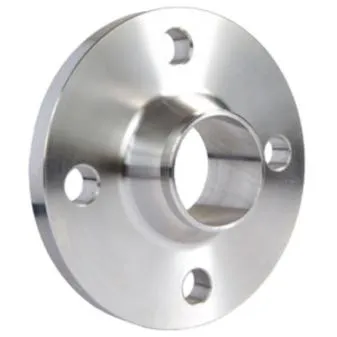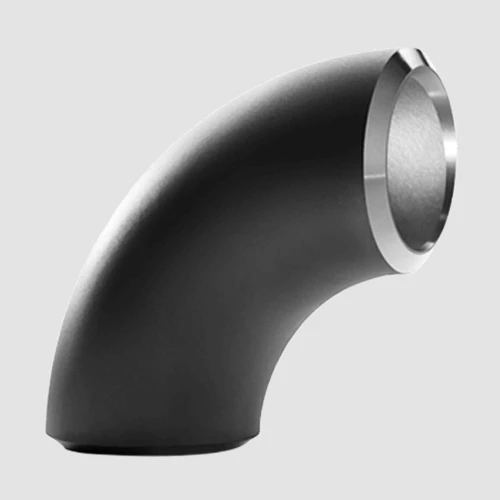-
Cangzhou Yulong Steel Co., Ltd.
-
Phone:
+86 13303177267 -
Email:
admin@ylsteelfittings.com
- English
- Arabic
- Italian
- Spanish
- Portuguese
- German
- kazakh
- Persian
- Greek
- French
- Russian
- Polish
- Thai
- Indonesian
- Vietnamese
- Zulu
- Korean
- Uzbek
- Hindi
- Serbian
- Malay
- Ukrainian
- Gujarati
- Haitian Creole
- hausa
- hawaiian
- Hebrew
- Miao
- Hungarian
- Icelandic
- igbo
- irish
- Japanese
- Javanese
- Kannada
- Khmer
- Rwandese
- Afrikaans
- Albanian
- Amharic
- Armenian
- Azerbaijani
- Basque
- Belarusian
- Bengali
- Bosnian
- Bulgarian
- Catalan
- Cebuano
- China
- China (Taiwan)
- Corsican
- Croatian
- Czech
- Danish
- Esperanto
- Estonian
- Finnish
- Frisian
- Galician
- Georgian
- Kurdish
- Kyrgyz
- Lao
- Latin
- Latvian
- Lithuanian
- Luxembourgish
- Macedonian
- Malgashi
- Malayalam
- Maltese
- Maori
- Marathi
- Mongolian
- Myanmar
- Nepali
- Norwegian
- Norwegian
- Occitan
- Pashto
- Dutch
- Punjabi
- Romanian
- Samoan
- Scottish Gaelic
- Sesotho
- Shona
- Sindhi
- Sinhala
- Slovak
- Slovenian
- Somali
- Sundanese
- Swahili
- Swedish
- Tagalog
- Tajik
- Tamil
- Tatar
- Telugu
- Turkish
- Turkmen
- Urdu
- Uighur
- Welsh
- Bantu
- Yiddish
- Yoruba

Feb . 15, 2025 13:14 Back to list
flange gasket gasket types
Flange gaskets play a crucial role in ensuring leak-proof and reliable connections in various industrial applications. Understanding the different types of flange gaskets and selecting the most appropriate one for a specific use case can dramatically impact the performance and efficiency of a system. This guide digs into the intricate details of flange gasket types, providing readers with expert insights grounded in industrial experience and authoritative knowledge.
Metallic gaskets, constructed entirely from metal, are designed for high-pressure and high-temperature environments. Ring-type joint (RTJ) gaskets are a prime example, commonly used in the oil and gas industry for their exceptional ability to withstand extreme conditions. These gaskets mold perfectly into the grooves of flanges, forming a metal-to-metal seal that prevents any leakage. The material choices for metallic gaskets vary from carbon steel to stainless steel and other alloys, depending on the desired durability and resistance to corrosion. Choosing the right flange gasket requires a comprehensive understanding of the specific operational conditions and the properties each type of gasket offers. It's vital for engineers and maintenance professionals to evaluate factors such as the maximum pressure and temperature the gasket must withstand, the potential for chemical exposure, and the nature of the fluids being sealed. Furthermore, ensuring the trustworthiness and efficacy of gasket selections can be bolstered by engaging with reputable manufacturers who adhere to industry standards and provide detailed specifications and testing data. Utilizing gaskets that comply with standards such as ASME and API ensures that the components integrate seamlessly into existing systems and offer consistent performance under critical conditions. By delving into the functional nuances and applications of different flange gasket types, individuals and industries can make informed decisions that enhance their system’s operational integrity. The blend of expert knowledge, reliable manufacturing practices, and empirical experience ensures that systems equipped with the right flange gaskets operate efficiently, safely, and economically. This commitment to expertise and trust reinforces the pivotal role flange gaskets play in modern industrial applications.


Metallic gaskets, constructed entirely from metal, are designed for high-pressure and high-temperature environments. Ring-type joint (RTJ) gaskets are a prime example, commonly used in the oil and gas industry for their exceptional ability to withstand extreme conditions. These gaskets mold perfectly into the grooves of flanges, forming a metal-to-metal seal that prevents any leakage. The material choices for metallic gaskets vary from carbon steel to stainless steel and other alloys, depending on the desired durability and resistance to corrosion. Choosing the right flange gasket requires a comprehensive understanding of the specific operational conditions and the properties each type of gasket offers. It's vital for engineers and maintenance professionals to evaluate factors such as the maximum pressure and temperature the gasket must withstand, the potential for chemical exposure, and the nature of the fluids being sealed. Furthermore, ensuring the trustworthiness and efficacy of gasket selections can be bolstered by engaging with reputable manufacturers who adhere to industry standards and provide detailed specifications and testing data. Utilizing gaskets that comply with standards such as ASME and API ensures that the components integrate seamlessly into existing systems and offer consistent performance under critical conditions. By delving into the functional nuances and applications of different flange gasket types, individuals and industries can make informed decisions that enhance their system’s operational integrity. The blend of expert knowledge, reliable manufacturing practices, and empirical experience ensures that systems equipped with the right flange gaskets operate efficiently, safely, and economically. This commitment to expertise and trust reinforces the pivotal role flange gaskets play in modern industrial applications.
Next:
Latest news
-
ANSI 150P SS304 SO FLANGE
NewsFeb.14,2025
-
ASTM A333GR6 STEEL PIPE
NewsJan.20,2025
-
ANSI B16.5 WELDING NECK FLANGE
NewsJan.15,2026
-
ANSI B16.5 SLIP-ON FLANGE
NewsApr.19,2024
-
SABS 1123 FLANGE
NewsJan.15,2025
-
DIN86044 PLATE FLANGE
NewsApr.19,2024
-
DIN2527 BLIND FLANGE
NewsApr.12,2024
-
JIS B2311 Butt-Welding Fittings LR/SR 45°/90° /180°Seamless/Weld
NewsApr.23,2024











